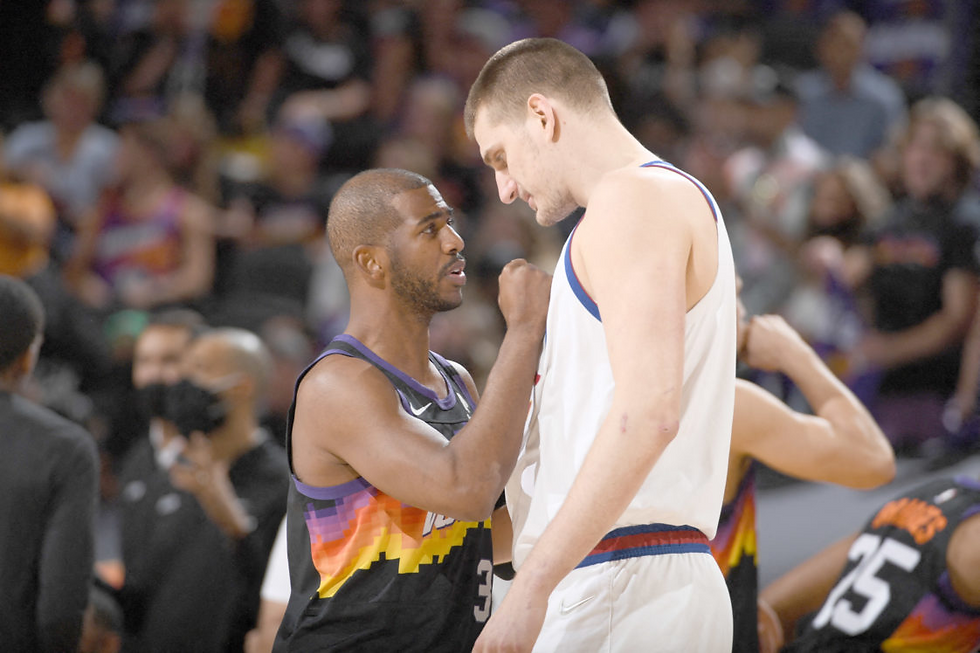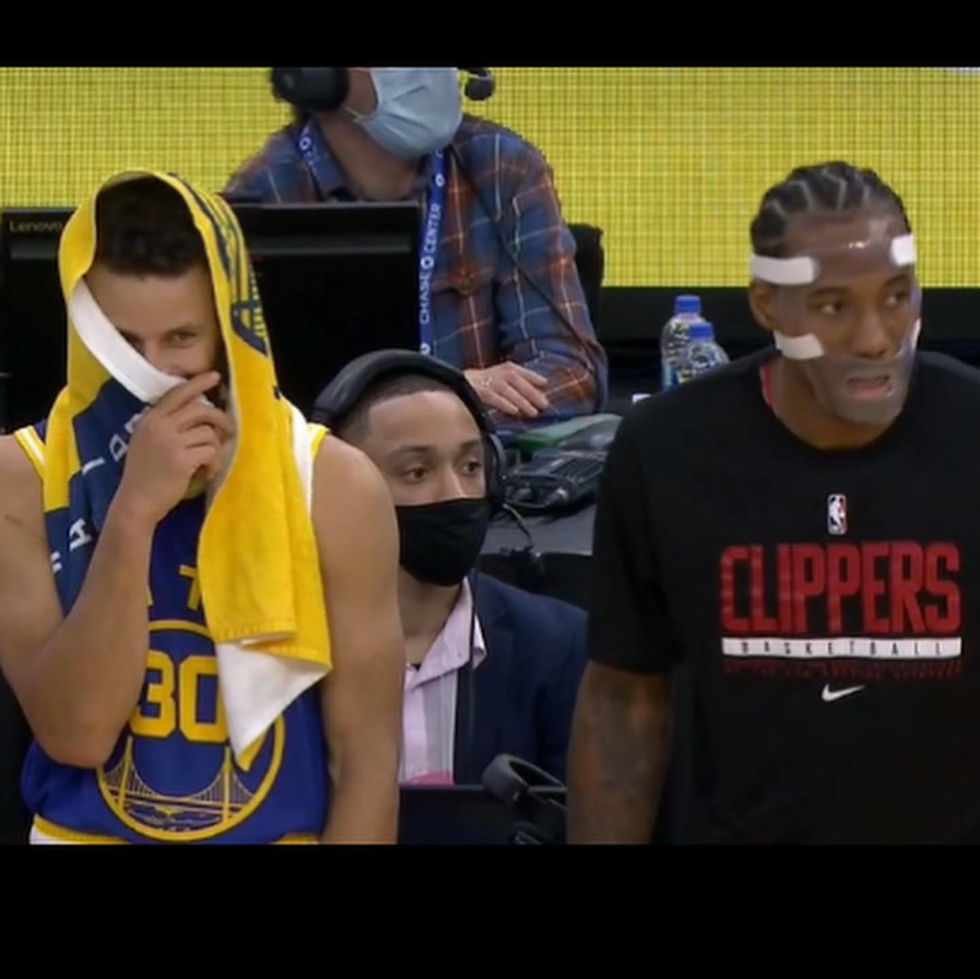Killer Inside: The Mind of Aaron Hernandez
- Hunter Patterson
- Jan 19, 2020
- 2 min read
Updated: Feb 21, 2020

On Jan. 15, 2020, Netflix released their documentary on the life and murder trials of former New England Patriots tight end, Aaron Hernandez - titled Killer Inside: The Mind of Aaron Hernandez. The documentary consisted of three episodes, each an hour long. I found each episode to be uniquely captivating in its own way, for better or worse.
The first episode shows his early life when he allegedly had a sexual relationship with his friend and high school quarterback, Dennis SanSoucie. SanSoucie claims that Hernandez was having sexual encounters with various other men at Bristol Central High School in Connecticut. The mysterious murder of Odin Lloyd was the next portion of the episode. Lloyd and Hernandez were seemingly friends and the two had even hung out together previously. Carlos Ortiz and Ernest Wallace, two friends of Hernandez, were in the car the night of the murder as well. Ultimately, Hernandez was charged with first-degree murder and Ortiz and Wallace were both charged with accessory after the fact.
Episode two gives more context into Hernandez's early life. There were instances in his childhood when he had been abused physically and mentally by his parents. Once he was in college, there were signs of him potentially being violent. While at the University of Florida, Hernandez was investigated for a double shooting, a bar fight and failed a drug test. He overcame all of these obstacles to still become one of the most elite tight ends in the National Football League with the Patriots.
The conclusion of the documentary was the portion that I found most interesting. Hernandez lost one trial and was later tried for a double murder. This time around, he made sure to hire the famous lawyer, Jose Baez, who eventually beat the case for Hernandez. Now, with the documentary being titled Killer Inside: The Mind of Aaron Hernandez, I was expecting for there to be more of an emphasis on just that - his mind! There was no more than five to ten minutes dedicated to discussing his brain. His family wanted to explore his brain to have some sort of clarity on his decision-making so they had it examined for CTE. Hernandez's brain had the worst case of CTE ever found in anyone 27-years old or younger. The documentary seemed to breeze over this information as if it was not significant in his story.
He decided to take his own life after beating his second case. In the state of Connecticut, if one dies while appealing one of their cases, the case is automatically dropped because they are not there to be represented. Hernandez did this so that his daughter and her mother would be able to inherit all of her career earnings. He was sure to mention in the note that he wrote to his daughter's mother that she was "RICH!". His death seemed to feel like a heroic ending to a villainous life.



Comments